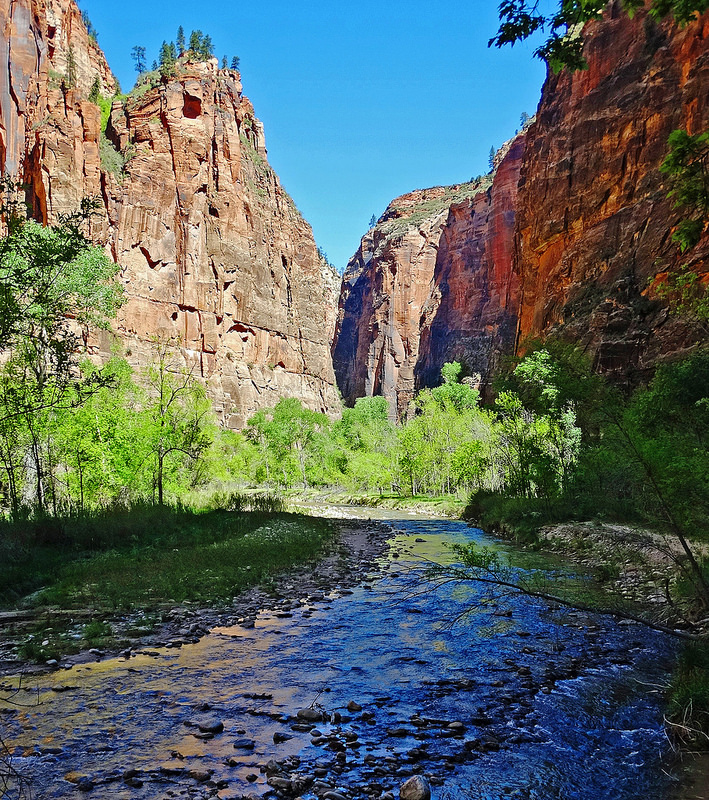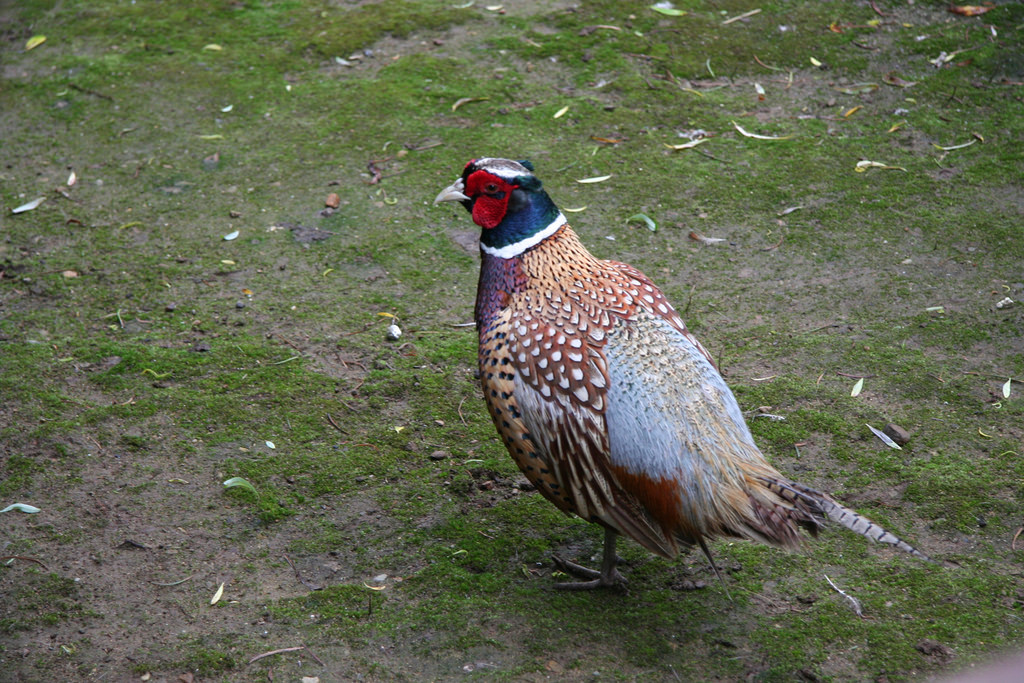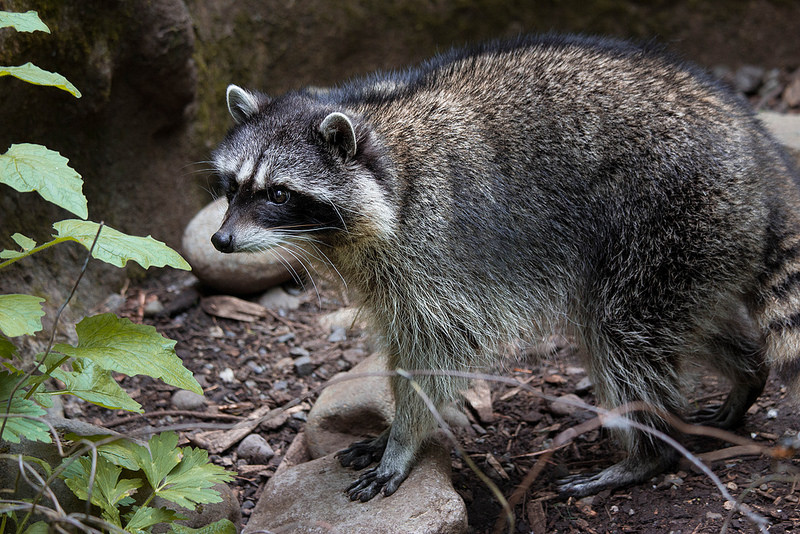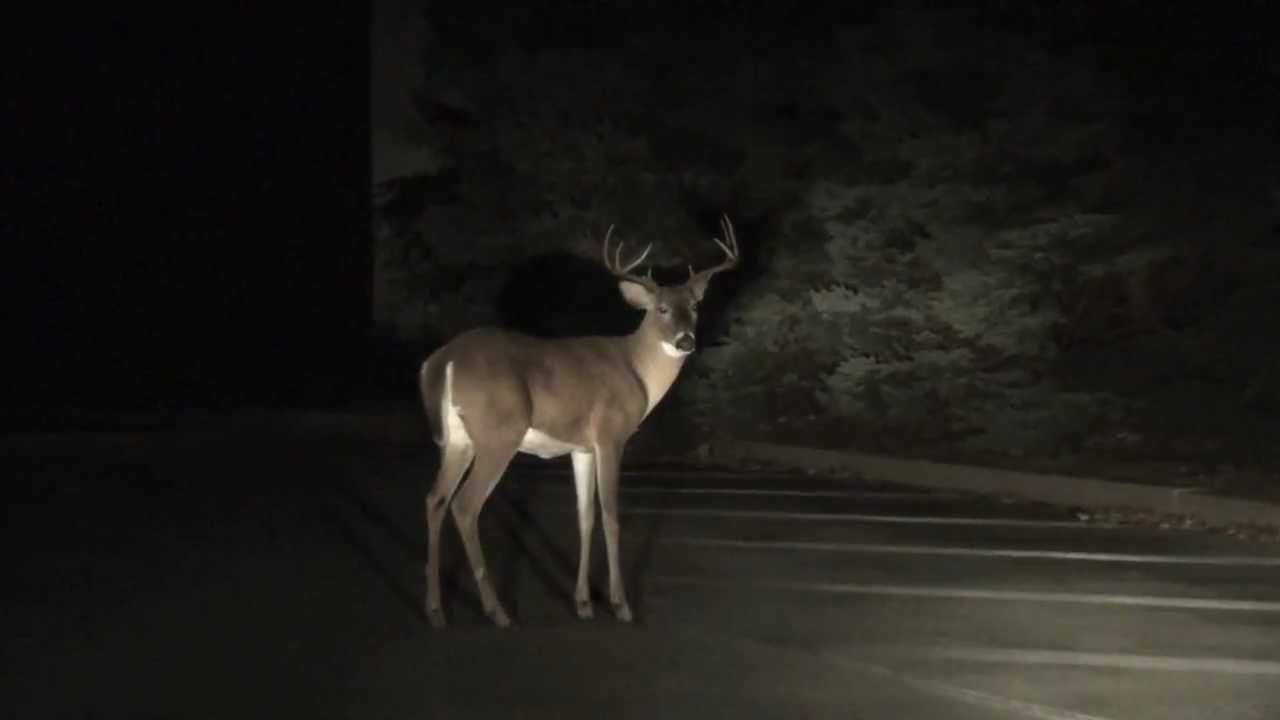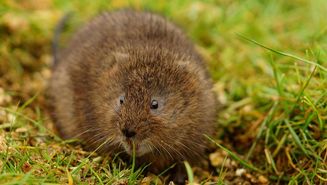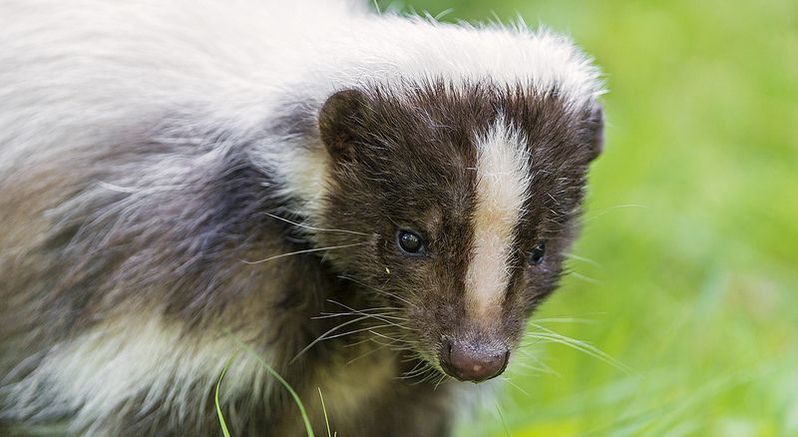PUBLICATIONS
Read some of our publications regarding Wildlife Ecology and Management
|
The Uninvited Guest - Small Mammals in Bryce Canyon National Park
|
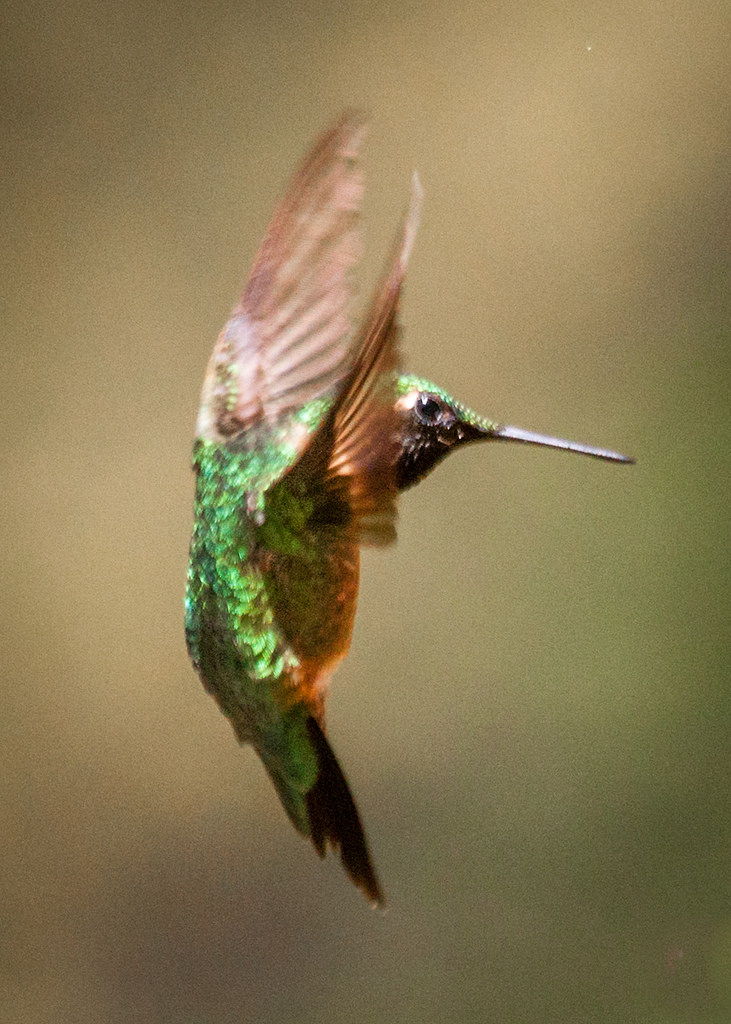
|
PRESENTATIONS
Learn more about Wildlife Ecology with these videos below!
|
|
|
|
|
|
|
|
QUESTIONS AND ANSWERS WITH THE SPECIALIST
Our resident specialist Dr. Nicki Frey answers your animal related questions on a weekly basis on our page "Questions from the Community", and selects one to highlight. For more questions and answers, see our "Questions from the Community" page. Have a question? Go ahead and ask it below, we'll answer it within a day or two.
A Marmot near my home is spooked due to construction, and is hiding under my shed. Should I help him somehow or feed him?
The marmot is going to be OK. There are many areas nearby that the marmot will adventure to in a few days to find a new home. He is just a little unsure of what is going on right now. Please do not feed him. If you feed him, he may decide that living under the shed isn't all that bad. While the shed may be OK in June, this won't be OK in October when it begins to get colder and natural food is hard to find.
Additionally, marmots are herbivores; just like us, they need to eat a variety of plants to stay healthy. We can't provide that diet as well as he can find it for himself. In order for him to find a new, suitable place to live out the rest of his life, he needs to venture away from the shed, not get comfortable living there. If a week or so goes by, and the marmot is still hanging out under the shed, and is looking a little worse for it, you can call the Utah Division of Wildlife Resources. They will get you in touch with a person that can safely trap and relocate the marmot to a more suitable safe habitat.
The marmot is going to be OK. There are many areas nearby that the marmot will adventure to in a few days to find a new home. He is just a little unsure of what is going on right now. Please do not feed him. If you feed him, he may decide that living under the shed isn't all that bad. While the shed may be OK in June, this won't be OK in October when it begins to get colder and natural food is hard to find.
Additionally, marmots are herbivores; just like us, they need to eat a variety of plants to stay healthy. We can't provide that diet as well as he can find it for himself. In order for him to find a new, suitable place to live out the rest of his life, he needs to venture away from the shed, not get comfortable living there. If a week or so goes by, and the marmot is still hanging out under the shed, and is looking a little worse for it, you can call the Utah Division of Wildlife Resources. They will get you in touch with a person that can safely trap and relocate the marmot to a more suitable safe habitat.
ADDITIONAL QUESTIONS?
|
|
